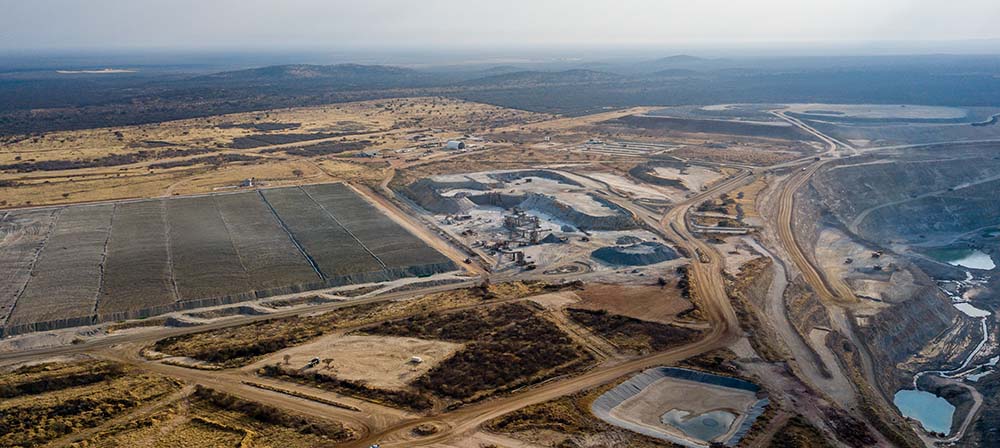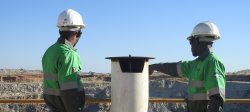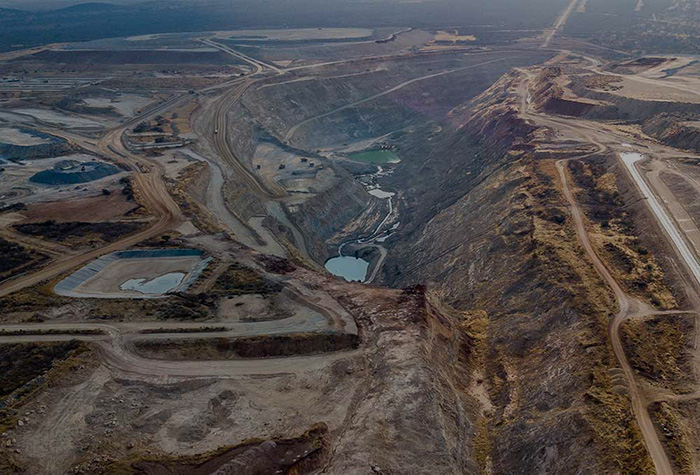Operating in Namibia

Mining in Namibia, a Resource Rich Jurisdiction
A Compelling Investment Proposition
Ranking between the UK and Spain in the World Bank’s 2021 political stability index, Namibia is regarded as one of the most stable countries in Africa. The country’s burgeoning international reputation has been driven by three decades of effective social and environmental policy, supported by a strong mining industry.
Mining is the mainstay of Namibia’s economy, being one of the largest contributors to GDP. The country is one of the world’s largest producers of diamonds by volume and is the fourth-largest exporter of nonfuel minerals in Africa.
Namibia has a long history of copper production however its potential endowment of the red metal has until the last 15 years been masked by desert sands between 10 and 100 meters thick. Recognition of the country’s potential is now growing. Across the border in neighbouring Botswana, one of the world’s largest copper mines to be built in the past decade commenced production in 2021 and analogies are being drawn to the prolific Central African Copper belt for once overlooked mineral targets along the same geological structures in Namibia.
CCC is targeting a similar opportunity in Namibia at its Tschudi, Matchless and Otjihase mines. Each has a demonstrated history of copper production, existing resources and infrastructure. Supported by a stable operating environment, a technically strong Namibian workforce, CCC is undertaking targeted value engineering and exploration designed to modernise these mines for sustainable, long life production.
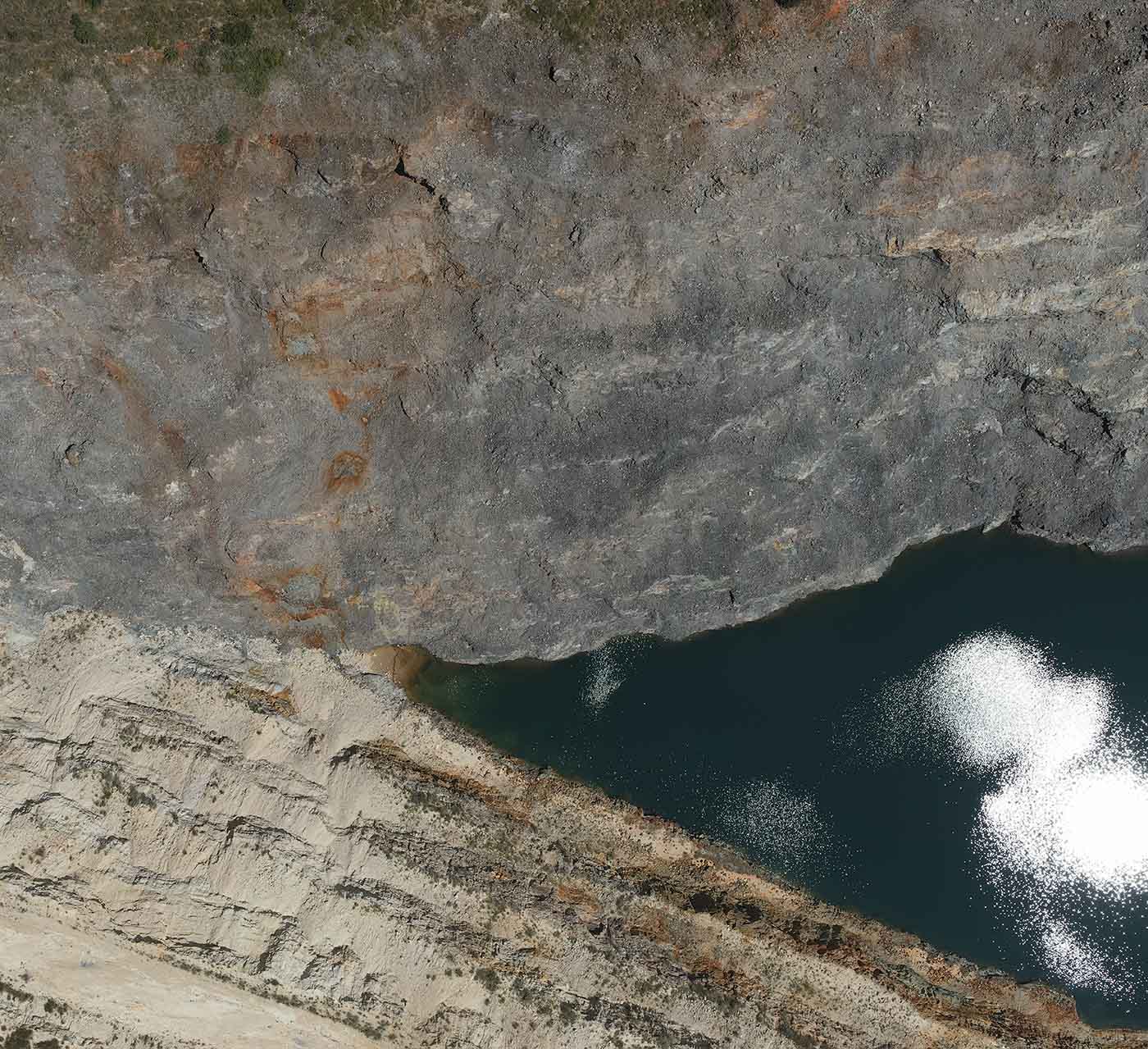
Stable Political and Economic Environment
The Republic of Namibia, An Independent Country
Three decades after independence, Namibia has emerged as one of the most politically stable countries in Africa. Despite inheriting one of the world’s highest levels of inequality prior to independence in 1990, the country is now recognised for its social and environmental stewardship.
Effective social and natural resource management policy have been key drivers of Namibia’s progression and growing international regard. Adopted in 1990, the country’s constitution was one of the first in the world to enshrine the protection of the environment. Namibia now stands as the only country in the world to have a completely protected coastline, whilst around 65,000 square miles (20% of the country) is managed by community-based conservancies.
Within this framework, there exists well established and stable laws for responsible mining and infrastructure investment. Mining is a major contributor to GDP, and post-independence, Namibia has attracted investments exceeding US$5bn to develop new mines, including the world’s second largest uranium mine and a global top ten zinc mine.
As a cornerstone of the Namibian economy, mining has been a key enabler for the Namibian Government to deliver key social and environmental objectives during the post-independence era. To date these accomplishments have included a more than halving of the national poverty rate, the near eradication of malaria, and free schooling supported by the world’s second-highest percentage of overall budget spent on education.
Education has been a critical driver of Namibia’s progress over the last three decades, supported by an experienced local workforce. Approximately 97% of workers in the mining industry are Namibians and persons employed by the mining industry are estimated to directly and indirectly contribute to the livelihood of four per cent of the total population.
As it prepares to invest in Namibia’s next generation of copper mines, CCC is committed to maximising employment, education and social initiatives directly surrounding its operations and indirectly through production royalties and taxes to the Government. The Company has constructed its core values around the concept of ‘Responsible Copper’, ensuring decision makers and employees are aligned with the key principals driving Namibia’s post-independence success.

The Namibian Mining Landscape
A Growing Copper Producer
Namibia has a well established, albeit young mining industry by world standards. Supported by an experienced and technically strong Namibian workforce, CCC is focused on developing the country’s next generation of responsible copper mines.
To date, much of the country’s copper production has originated from mine’s occupying the Kaoko and Kalahari copper belts, including the Otjihase, Matchless and Tschudi mines now held by CCC, as well as the prolific but now closed Tsumeb mine. Whilst deposits along the Kalahari and Kaoko copper belts are considered geologically similar to their counterparts in Zambia and Democratic Republic of Congo (DRC), production to date remains nascent by comparison.
Extending over 400km, copper-cobalt deposits of the Central African copper belt of Zambia and DRC together account for seven per cent of the world’s mined copper supply and ten per cent of the world’s copper concentrates.
By comparison, the Kalahari copper belt is twice as long, stretching over 800km from Namibia into neighbouring Botswana. Kalahari copper belt production to date from has yet to reach significant levels by world standards in large part due to the presence of desert coverage up to 100m thick, which disincentivised historical exploration.
This is changing following application of modern exploration last decade which confirmed extensions of the Kalahari copper belt into eastern Namibia, and development of two new world class copper mines across the border in Botswana (Khoemacau and Motheo).
Khoemacau is one of the world’s largest copper mines to be developed in the past decade. Forecast to produce over 50kt copper in concentrate during 2023, Khoemacau can support 130kt copper production pa with further expansion. The catalyst for Khoemacau’s development was a ten-fold increase in its contained high grade copper resources following the installation of a new management team during 2013.
CCC is targeting an analogous opportunity to Khoemacau at its Tschudi, Matchless and Otjihase mines. Each benefit from the presence of existing infrastructure and expandable resources. From these sound foundations, CCC is undertaking targeted investments to modernise and deliver long term sustainable restart plans for each of its mines.
Through the application of value engineering and modern systemic exploration at Tschudi, Matchless and Otjihase, CCC aims to rejuvenate these major employment hubs and help elevate Namibian copper production from its current nascent levels on the world stage.
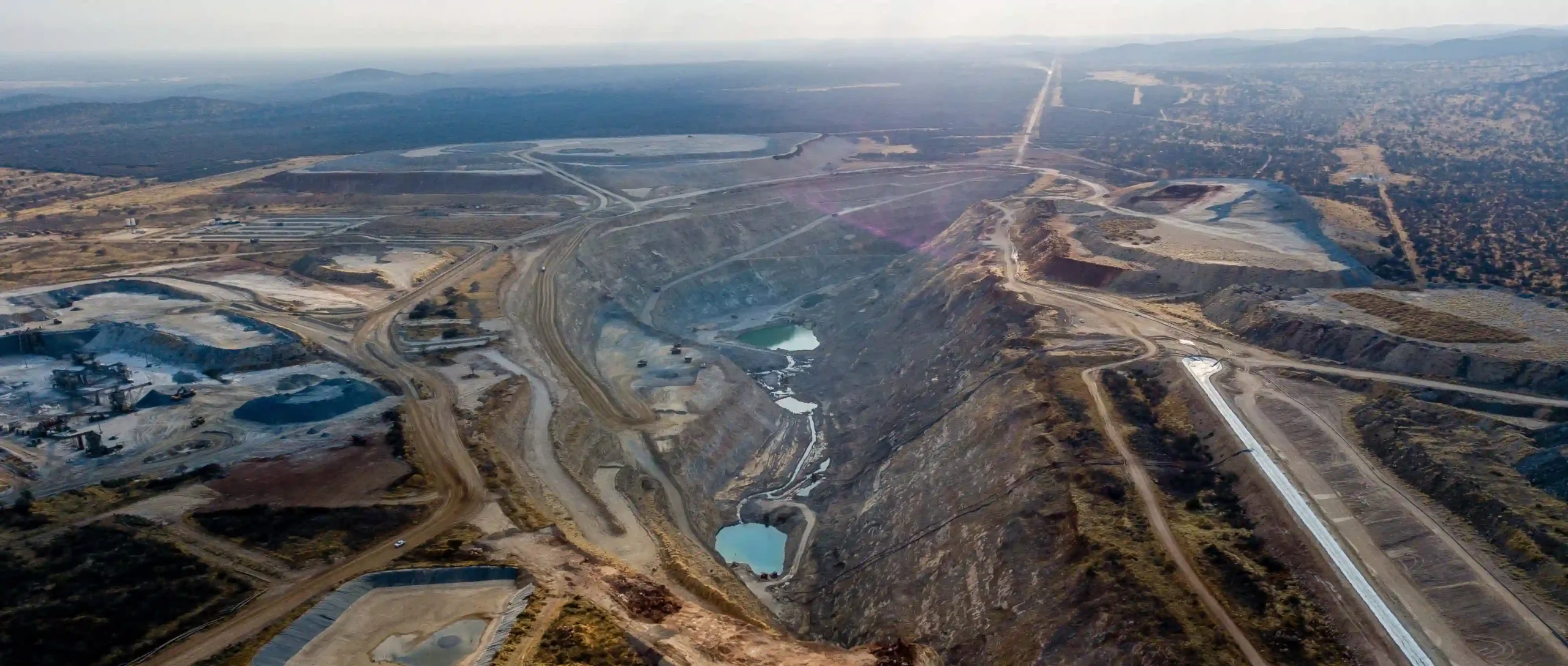
Tschudi
The Tschudi Copper Mine is an open pit heap leach SX/EW operation, built in 2015 with the production capacity of 17ktpa Copper cathode. Tschudi has been the Company’s primary focus since acquiring its Namibian mining assets, due to the size of its contained copper resource and status of existing infrastructure.
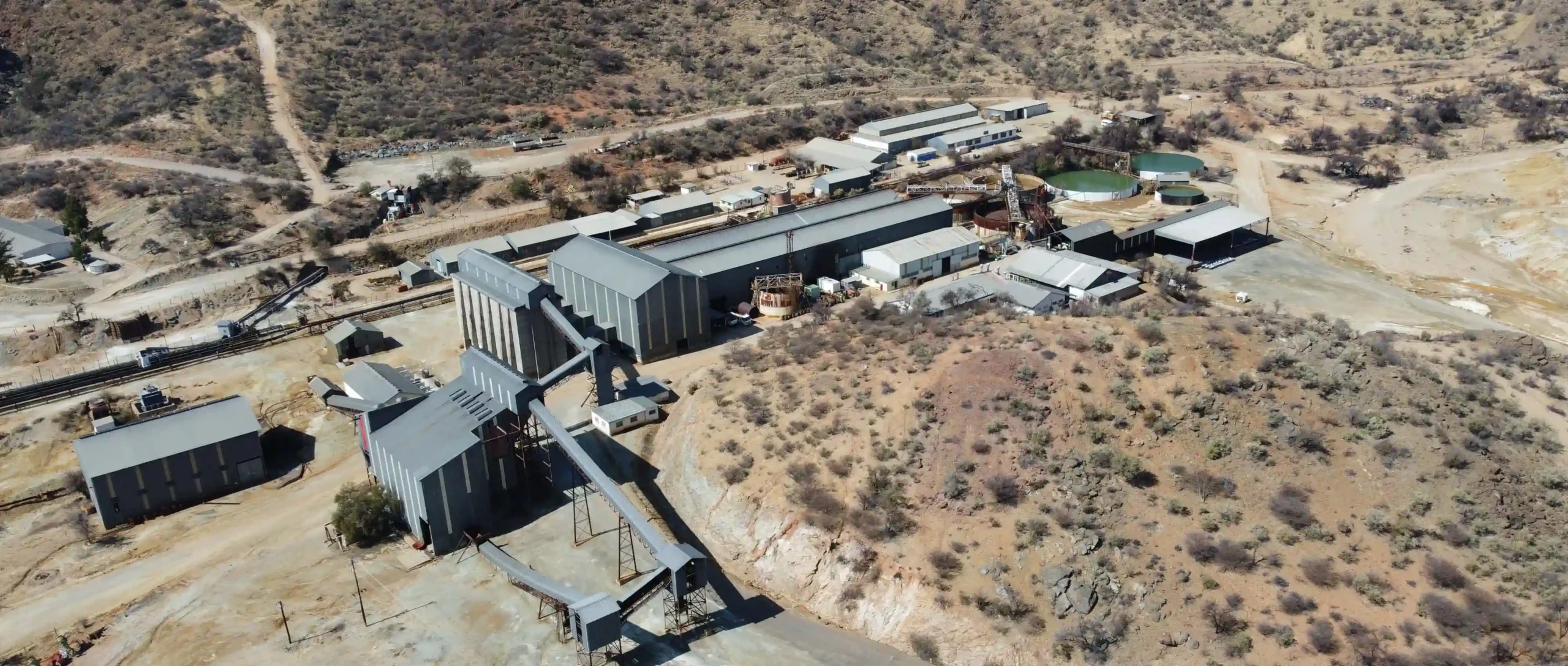
Central Operations
Central Operations is comprised of two underground mines, Matchless and Otjihase. With a combined production history in excess of 30 years and functional existing processing infrastructure, CCC has identified strategies and opportunities to add value, by undertaking high-probability exploration, increasing recovery and minimising dilution through development of new ore blocks and optimised mining methods.
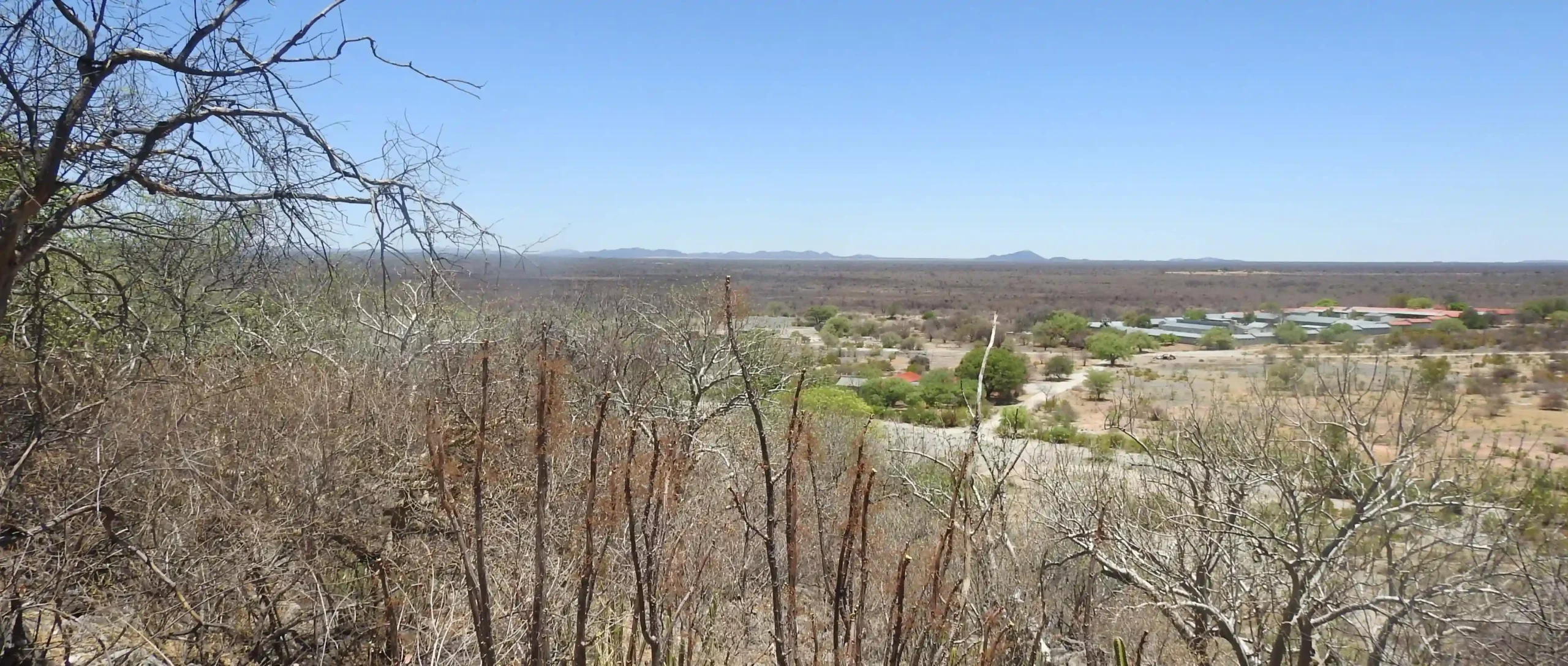
Berg Aukas
Berg Aukas is an underground, high-grade zinc mine in its first phase of the restart process. With a targeted 10-year mine life, access to existing infrastructure, unexploited upside potential (including minimal exploration within immediate vicinity) and the deposit open down plunge, the company is working towards defining marketing and exploration opportunities for Berg Aukas in Q2 2024.

